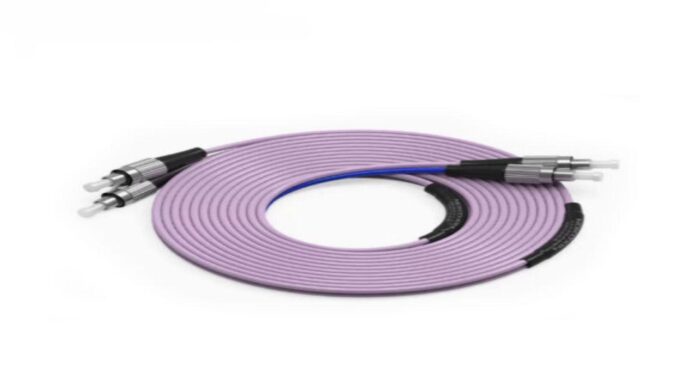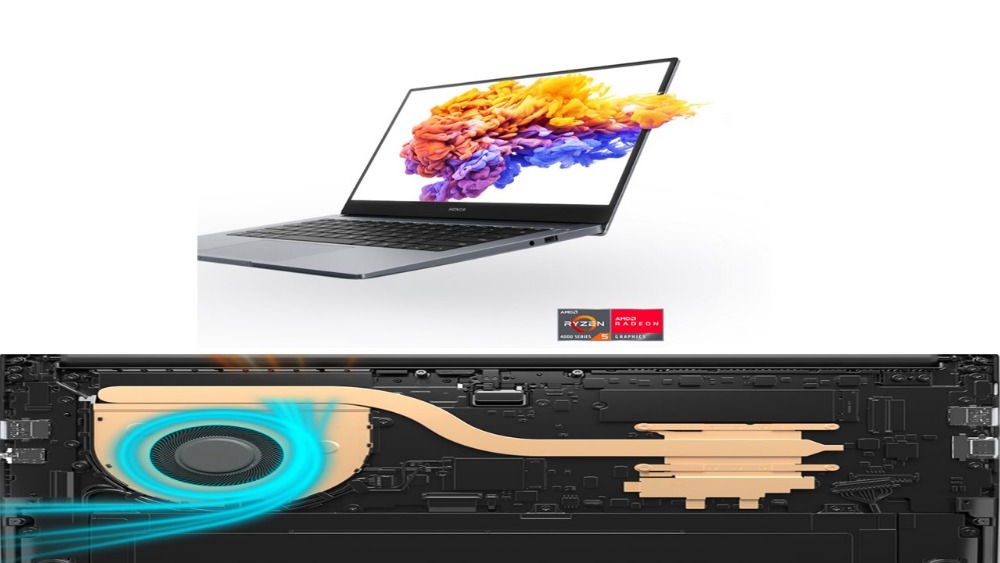In the digitized world of the 21st century, our reliance on network connectivity is more profound than ever. From everyday activities like streaming videos and online shopping to more critical applications like remote work, telemedicine, and cloud computing, network connectivity has become an intrinsic part of our lives. At the heart of this connectivity lies a component that ensures the smooth and swift flow of data – the fibre patch lead. Go now to learn more!
Importance of Fibre Patch Leads
Fibre patch leads, or fibre optic patch cords, are an essential part of any network infrastructure. They serve as the bridge between various devices and network components, facilitating the transfer of data through light signals. Fibre patch leads are responsible for high-speed data transmission, ensuring that your network remains reliable, fast, and efficient. They deliver an unparalleled level of data integrity, ensuring that the information shared across networks remains intact and uncorrupted.
Types and Connectors
There is a wide array of fibre patch leads available, each designed to cater to specific connectivity needs. They differ primarily based on their connector types, including LC (Lucent Connectors), SC (Subscriber Connectors), and ST (Straight Tip) connectors.
LC connectors, often used for high-density applications, are small form-factor connectors known for their locking mechanism. They’re widely used in datacoms and telecoms due to their lower cost and smaller size, which allows them to fit into tighter spaces.
SC connectors, known for their push-pull design, are used extensively in single-mode systems due to their performance. They offer excellent packing density due to their small size and have become the connector of choice for many data center managers.
ST connectors, widely used for multimode fibre, are spring-loaded bayonet connectors that offer high alignment accuracy. They are common in industrial and security applications.
Understanding these different connector types can help determine the most compatible and efficient fibre patch lead for your network devices.
Application Areas
Fibre patch leads find their applications in various industry sectors due to their efficient and reliable data transmission capabilities.
In the telecommunications industry, fibre patch leads are the backbone of the infrastructure, connecting various devices and ensuring seamless data transfer across vast distances.
Data centers, which are the hub of data for businesses, rely heavily on fibre patch leads for their high-speed and high-volume data transfer needs. These leads facilitate rapid access to data, enhancing the performance and efficiency of data centers.
For enterprise networks, fibre patch leads offer a reliable solution for connecting various devices, such as servers, switches, and routers, enabling smooth and efficient network operations.
Choosing the Right Fibre Patch Leads
Choosing the right fibre patch leads is critical for achieving optimal network performance. Here are some considerations:
Distance and Data Rate Requirements: Single-mode fibre patch leads are better suited for long distances and high data rates, while multimode ones are ideal for shorter distances and lower data rates.
Connector Type: The type of connector (LC, SC, ST, etc.) should be compatible with your network devices.
Physical Environment: The physical environment, such as space constraints and the presence of any potential damage risks, should also be considered.
Budget: The costs can vary based on the type of fibre patch lead and its specifications. Ensure the chosen lead offers the best balance between cost and performance for your needs.
Conclusion
In conclusion, fibre patch leads play a significant role in ensuring seamless network connectivity in today’s digital era. From facilitating high-speed data transmission to maintaining data integrity, they contribute immensely to efficient network operations across various industries. By understanding their types, applications, and selection criteria, we can make more informed decisions and optimize our network infrastructure. As our dependence on digital connectivity continues to grow, the importance of fibre patch leads will only become more pronounced.







